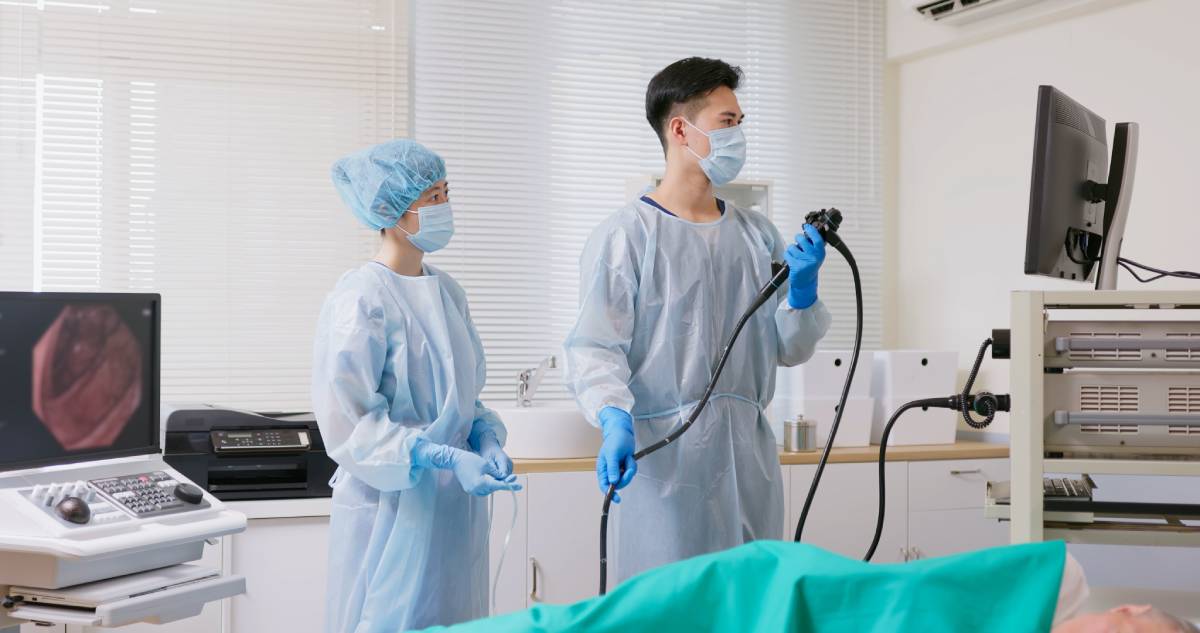Colonoscopy remains the gold standard for screening and diagnosing a wide range of colorectal conditions, including cancer. However, patient experience can differ significantly based on the level of anesthesia administered during colonoscopy. Ongoing studies and patient-centered trends have highlighted how variable anesthesia practices are for this procedure, shaped by patient needs, physician preference, institutional policies, and regional norms.
There are several levels of anesthesia used in colonoscopies, ranging from no sedation to general anesthesia. At the lowest end of the spectrum, some patients undergo colonoscopies without any sedation at all. While this allows for immediate recovery and no anesthesia-related risk, it can also result in discomfort during the procedure, making it a less favored option in the United States.
More commonly, patients receive either minimal or moderate sedation. The sedation depth is usually enough for the patient to be comfortable while remaining conscious. In recent years, however, there has been a marked shift toward deep sedation. Propofol in particular induces a deeper sleep-like state and has a fast onset and recovery time, but it often requires the presence of an anesthesia provider.
General anesthesia is the deepest level of anesthesia, where patients are fully unconscious and often require assisted breathing. It is reserved for particularly complex colonoscopy cases or for patients with specific medical conditions that warrant a higher level of monitoring. It is not typically used for standard screening colonoscopies due to its increased risks and recovery requirements 1–4.
The decision regarding which anesthesia level to use for a colonoscopy is influenced by a combination of patient health, institutional protocols, and physician training. For instance, patients with cardiovascular or respiratory issues may not be ideal candidates for deep sedation. Similarly, anxious patients or those with a history of poor tolerance to discomfort may prefer deeper sedation. In some cases, providers may opt for deep sedation out of concern for procedural ease and reduced patient movement.
In addition, regional variation in anesthesia level for colonoscopy remains notable, with discrepancies reflecting differences in healthcare policy, billing practices, and the availability of anesthesia providers. Overall, it appears that anesthesia assistance is being used more and more by patients undergoing colonoscopy 5,6.
The choice of anesthesia has notable implications. From a safety perspective, deep sedation carries a slightly higher risk of complications such as respiratory depression. From a financial standpoint, while anesthesia professionals make it possible to undergo the procedure with deeper levels of anesthesia safely, the added cost can increase the overall financial burden on patients 7. As clinicians and the relevant medical departments seek to balance patient satisfaction, procedural efficiency, and cost-effectiveness, understanding and addressing the sources of variation in anesthesia for colonoscopy remains an important step toward standardized, high-quality care.
References
1. Childers, R. E., Williams, J. L. & Sonnenberg, A. Practice patterns of sedation for colonoscopy. Gastrointest Endosc 82, 503–511 (2015). DOI: 10.1016/j.gie.2015.01.041
2. DeMarco, C. Colonoscopy anesthesia: 7 things to know. MD Anderson Cancer Center https://www.mdanderson.org/cancerwise/colonoscopy-anesthesia–7-things-to-know.h00-159618645.html.
3. Colonoscopy – Preparation, Risks, & Recovery | Made for This Moment. Made For This Moment | Anesthesia, Pain Management & Surgery https://madeforthismoment.asahq.org/preparing-for-surgery/procedures/colonoscopy/.
4. Early, D. S. et al. Guidelines for sedation and anesthesia in GI endoscopy. Gastrointestinal Endoscopy 87, 327–337 (2018). DOI: 10.1016/j.gie.2017.07.018
5. Liu, H., Waxman, D. A., Main, R. & Mattke, S. Utilization of Anesthesia Services During Outpatient Endoscopies and Colonoscopies and Associated Spending in 2003-2009. JAMA 307, 1178–1184 (2012). DOI: 10.1001/jama.2012.270
6. Krigel, A., Chen, L., Wright, J. D. & Lebwohl, B. Substantial Increase in Anesthesia Assistance for Outpatient Colonoscopy and Associated Cost Nationwide. Clinical Gastroenterology and Hepatology 17, 2489–2496 (2019). DOI: 10.1016/j.cgh.2018.12.037
7. Deep sedation raises risk of complications from colonoscopy. https://kpwashingtonresearch.org/index.php/news-and-events/blog/2015/december/anesthesia-colonoscopy.
